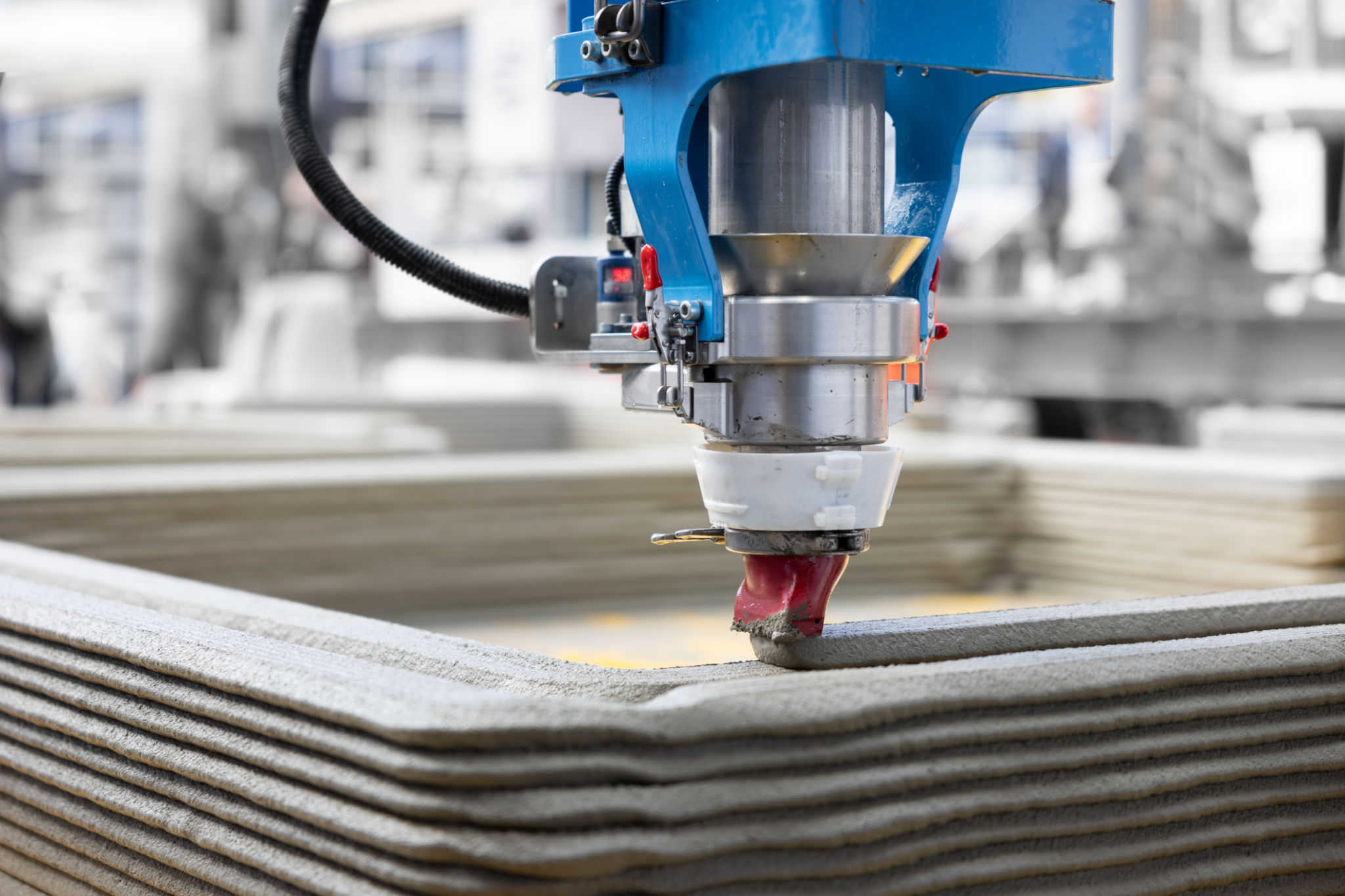How Automation is Shaping Precision Manufacturing Trends
The Role of Automation in Precision Manufacturing
Automation is rapidly transforming the landscape of precision manufacturing, ushering in a new era of efficiency and accuracy. As industries strive to meet rising demands for faster production times and higher quality products, automation technologies are becoming indispensable. They not only streamline operations but also minimize human error, leading to more consistent and reliable outcomes.
One of the primary benefits of automation in precision manufacturing is the ability to perform complex tasks with minimal oversight. Automated systems can work around the clock, significantly increasing productivity without the need for breaks or shift changes. This capability is particularly advantageous in industries where precision and consistency are critical, such as aerospace, automotive, and medical device manufacturing.

How Automation Enhances Accuracy and Consistency
Automation technologies, including robotics and advanced software, ensure that manufacturing processes are executed with unparalleled precision. By reducing the reliance on manual labor, these systems eliminate the variability that can occur due to human fatigue or error. As a result, manufacturers can achieve a level of accuracy that was previously unattainable.
Moreover, automated systems are equipped with sensors and feedback loops that allow for real-time adjustments during the manufacturing process. This adaptability means that even if environmental conditions or input materials change, the system can compensate to maintain high-quality standards. Such capabilities are crucial for maintaining competitive advantage in today’s fast-paced market.
Cost-Effectiveness and Efficiency
While the initial investment in automation technology can be significant, the long-term savings often outweigh these costs. Automated systems reduce waste by optimizing material usage and minimizing errors that can lead to costly rework or product recalls. Additionally, they can decrease labor costs by performing tasks that would otherwise require multiple workers.
Furthermore, the efficiency gains from automation enable manufacturers to scale their operations quickly to meet demand fluctuations. This flexibility is vital for industries that face seasonal variations or sudden increases in order volume. As a result, businesses can maintain profitability while adapting to changing market conditions.

Integration of AI and Machine Learning
The integration of artificial intelligence (AI) and machine learning into automated systems is pushing the boundaries of what precision manufacturing can achieve. These technologies allow machines to learn from data, improving their performance over time and making predictive adjustments to optimize processes.
AI-driven automation can identify patterns and anomalies that might be missed by human operators, leading to proactive maintenance and reduced downtime. By anticipating potential issues before they arise, manufacturers can avoid costly interruptions and maintain continuous production.
The Future of Precision Manufacturing
As automation technologies continue to evolve, the future of precision manufacturing looks increasingly promising. Emerging trends such as collaborative robots (cobots) and additive manufacturing (3D printing) are opening new opportunities for innovation and customization.
Cobots are designed to work alongside humans, enhancing their capabilities without replacing them entirely. This collaboration can lead to more flexible and adaptive manufacturing environments. Meanwhile, 3D printing allows for rapid prototyping and production of complex geometries that would be difficult or impossible to achieve with traditional methods.

In conclusion, automation is not just shaping precision manufacturing trends—it is revolutionizing the entire industry. By embracing these technological advancements, manufacturers can achieve higher levels of efficiency, accuracy, and cost-effectiveness. As a result, they will be well-positioned to meet the demands of a competitive global market.